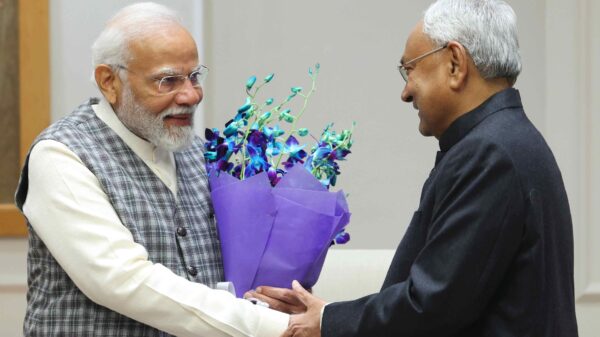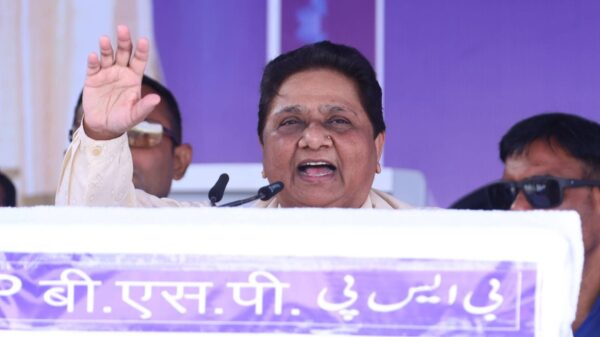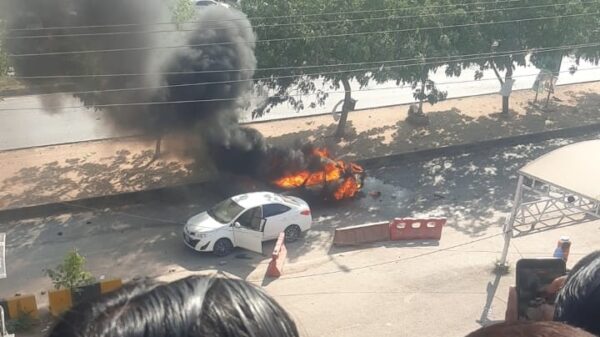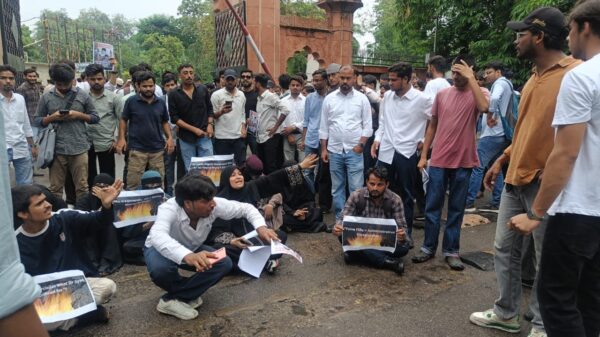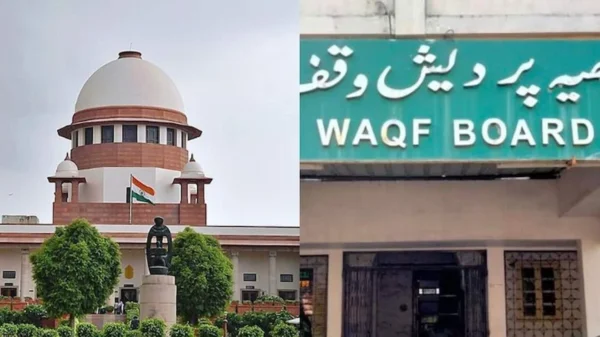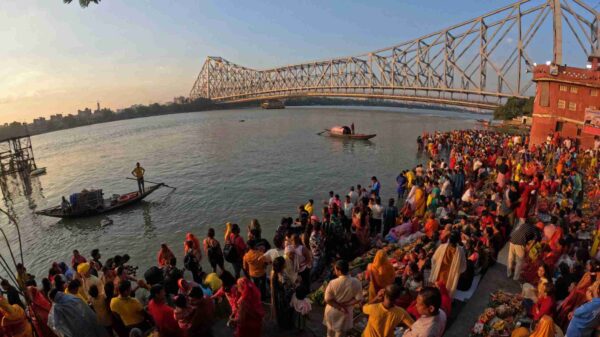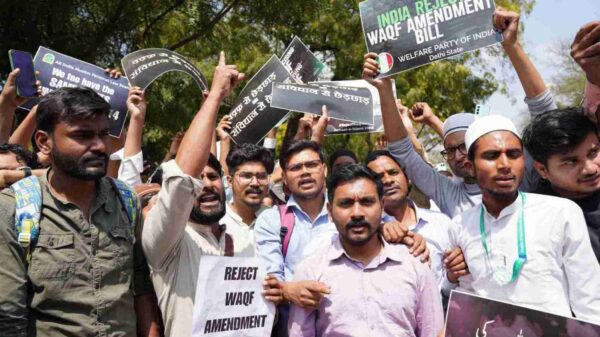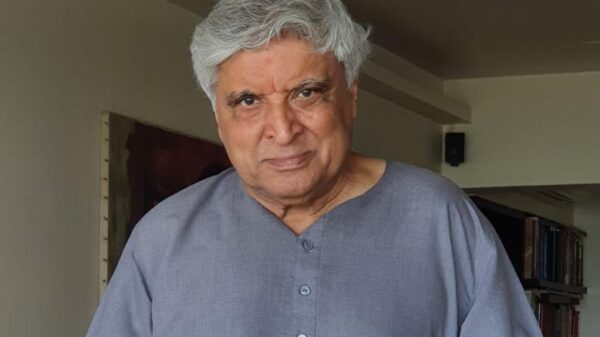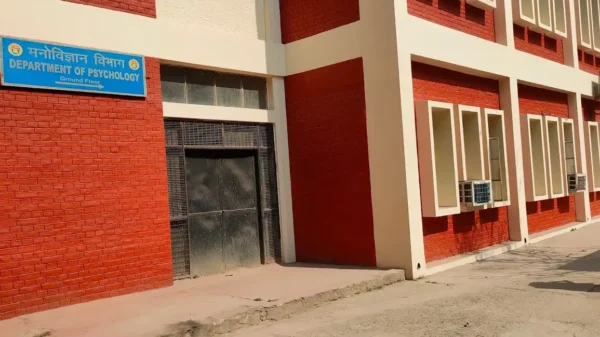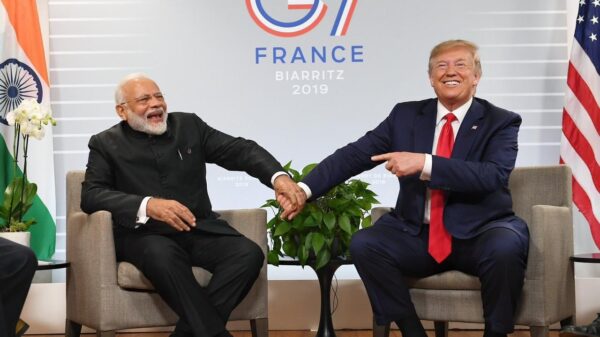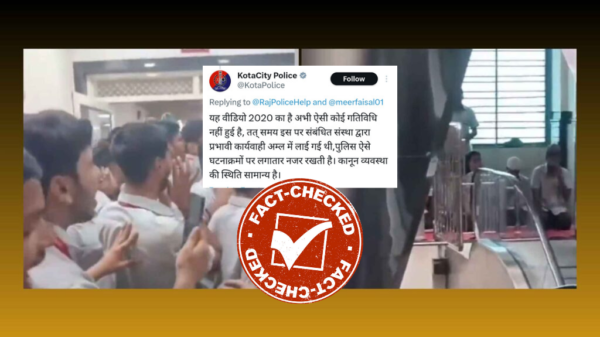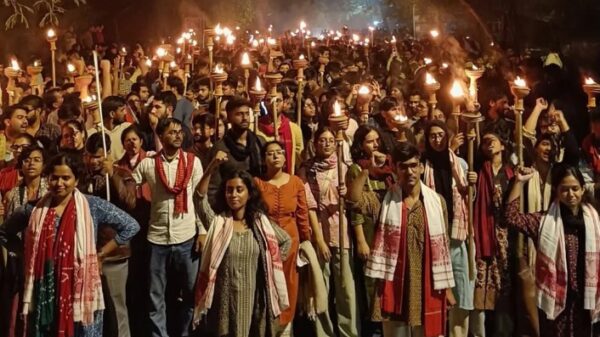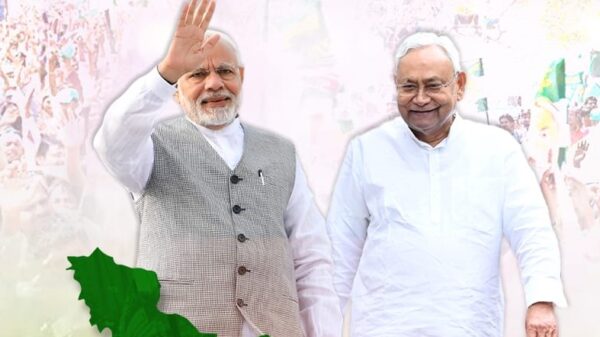With Jagdeep Dhankhar stepping down as Vice President of India, the country must now elect a new Vice President “as soon as possible,” as per Article 68(2) of the Constitution. This clause states that if the post becomes vacant due to death, resignation, removal, or any other reason, an election must be held promptly. The person elected will begin a full five-year term from the day they take office.
Although the Constitution mandates a quick election, it doesn’t clearly spell out who temporarily takes over the Vice President’s responsibilities if the post becomes vacant, or when the Vice President is acting as President. However, since the main constitutional duty of the Vice President is to act as Chairperson of the Rajya Sabha, the deputy chairperson or another member chosen by the President can temporarily handle those duties.
The Vice President holds the second-highest constitutional post in the country. Though the term is five years, he can continue beyond that until a new Vice President is elected. The Vice President can resign by submitting a letter to the President, and the resignation is valid once the President accepts it.
When the Vice President acts as President, he stops performing his Rajya Sabha duties and does not receive the salary or benefits of the Vice President during that time.
According to Article 66, the Vice President is elected by an Electoral College consisting of members of both Houses of Parliament. The voting process follows the proportional representation system through a single transferable vote.
To qualify for the post, a candidate must be an Indian citizen, at least 35 years old, and eligible to be a Rajya Sabha member. Anyone holding a government job or a paid position under the central or state government, or local authorities, is not eligible.







